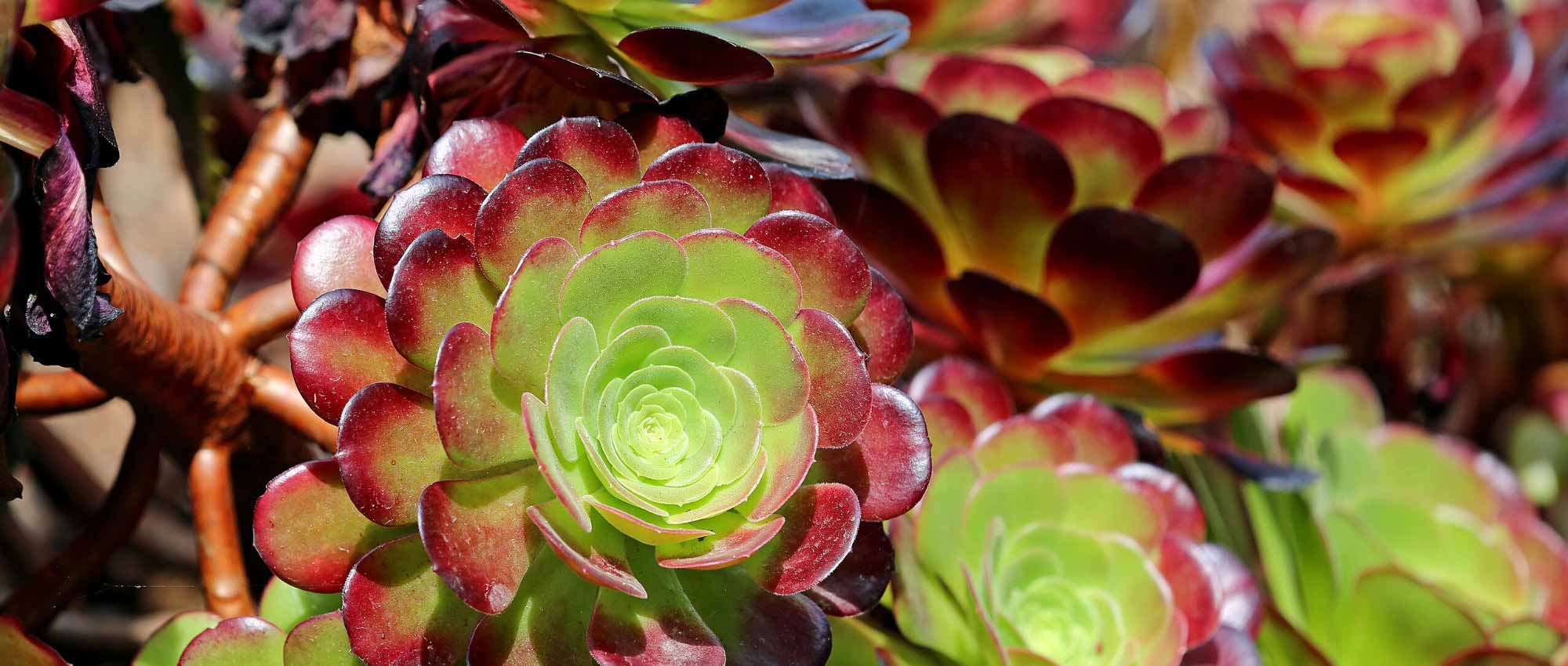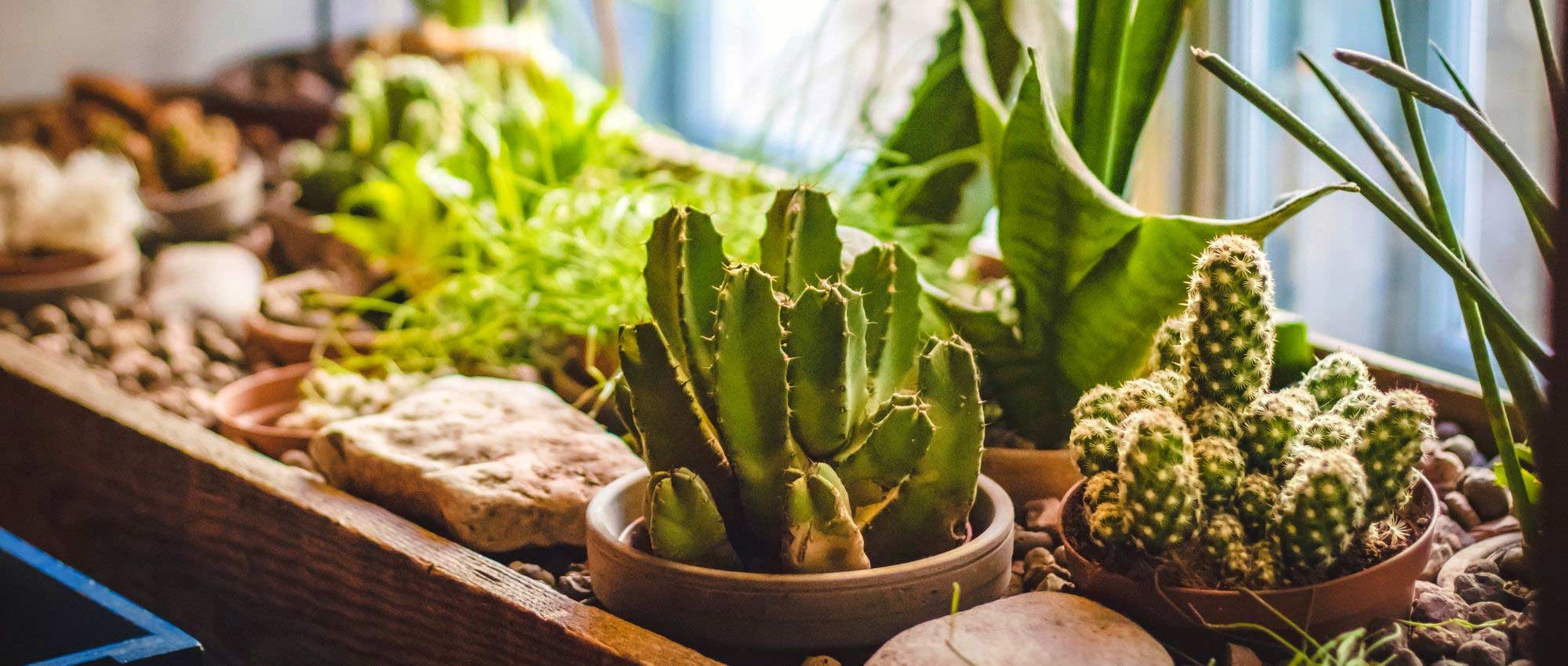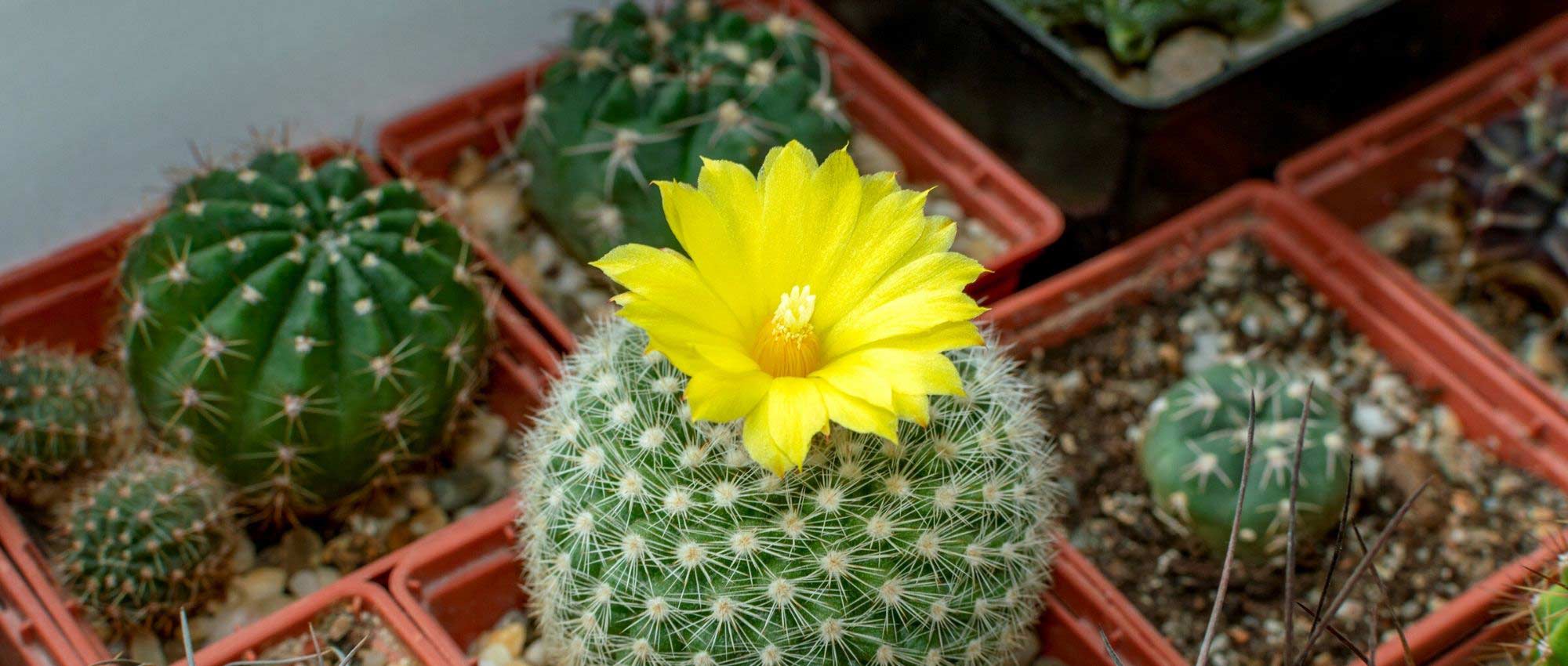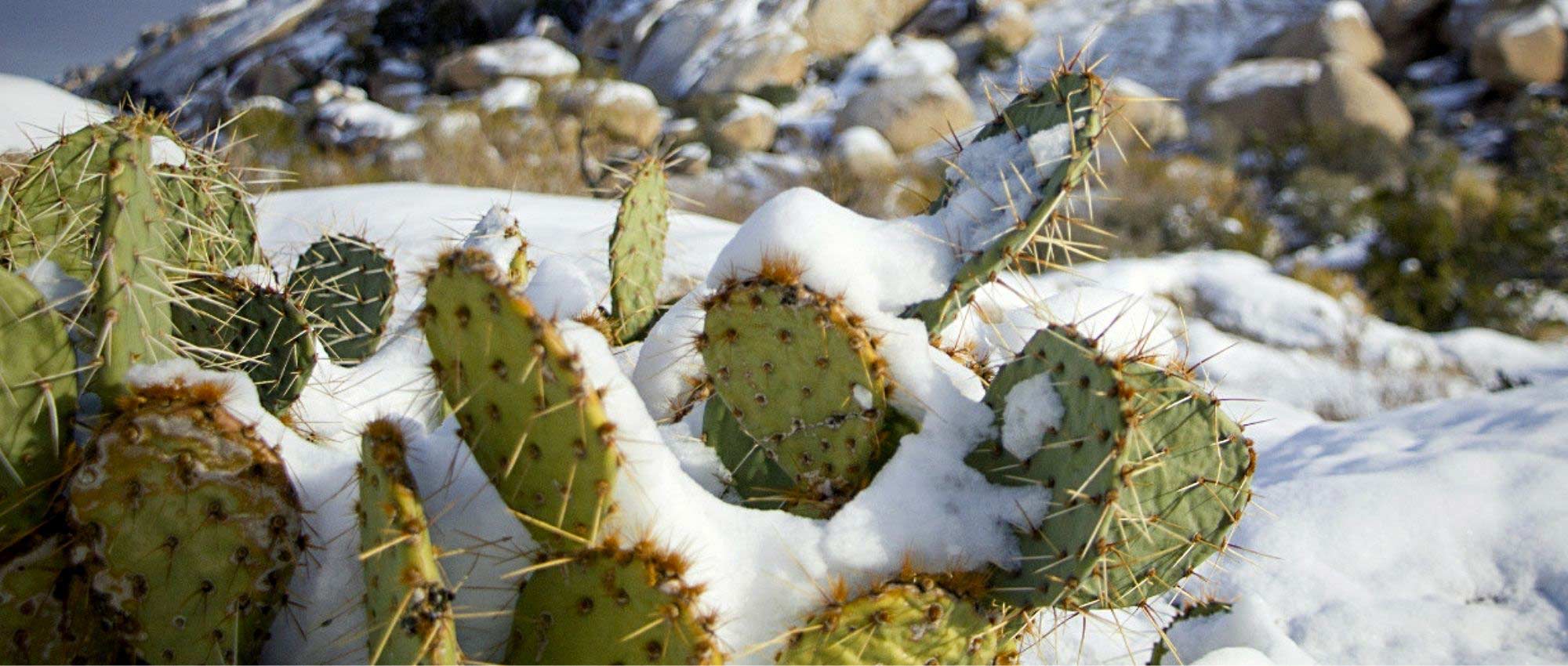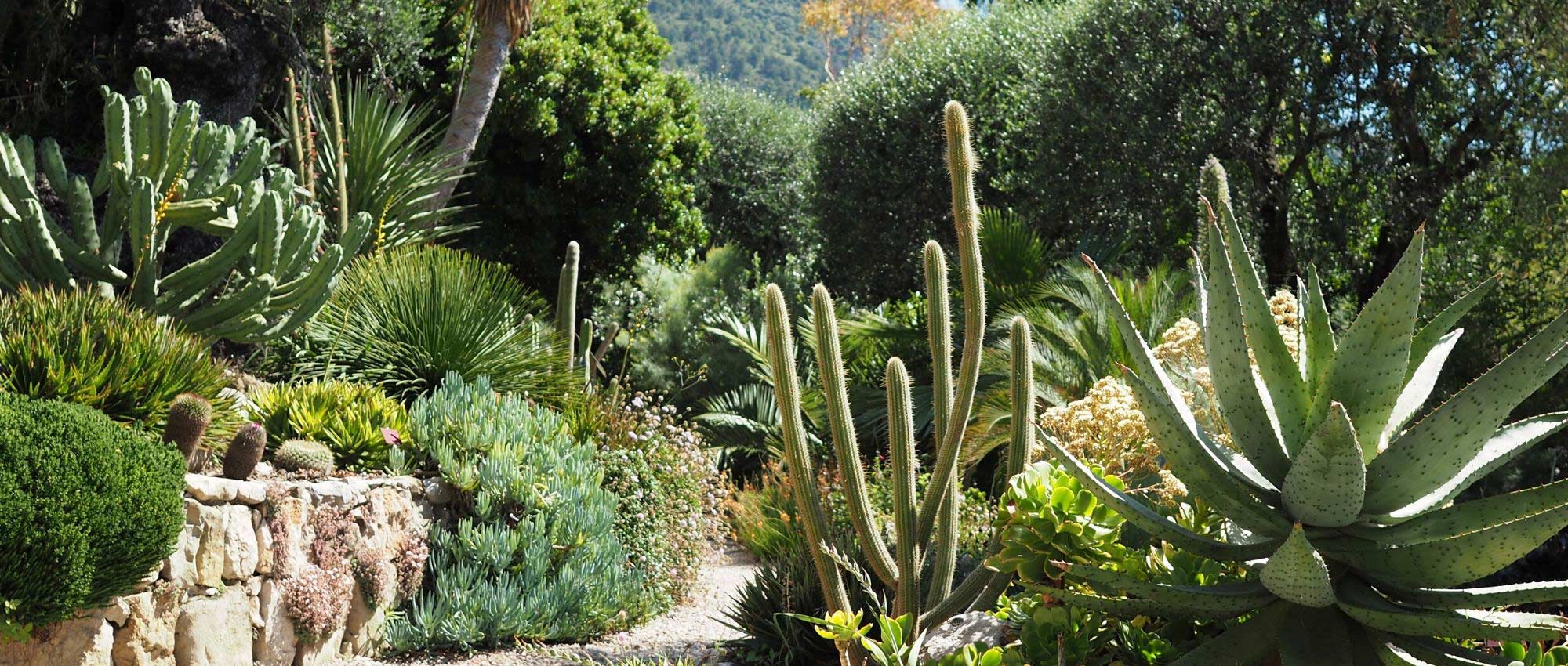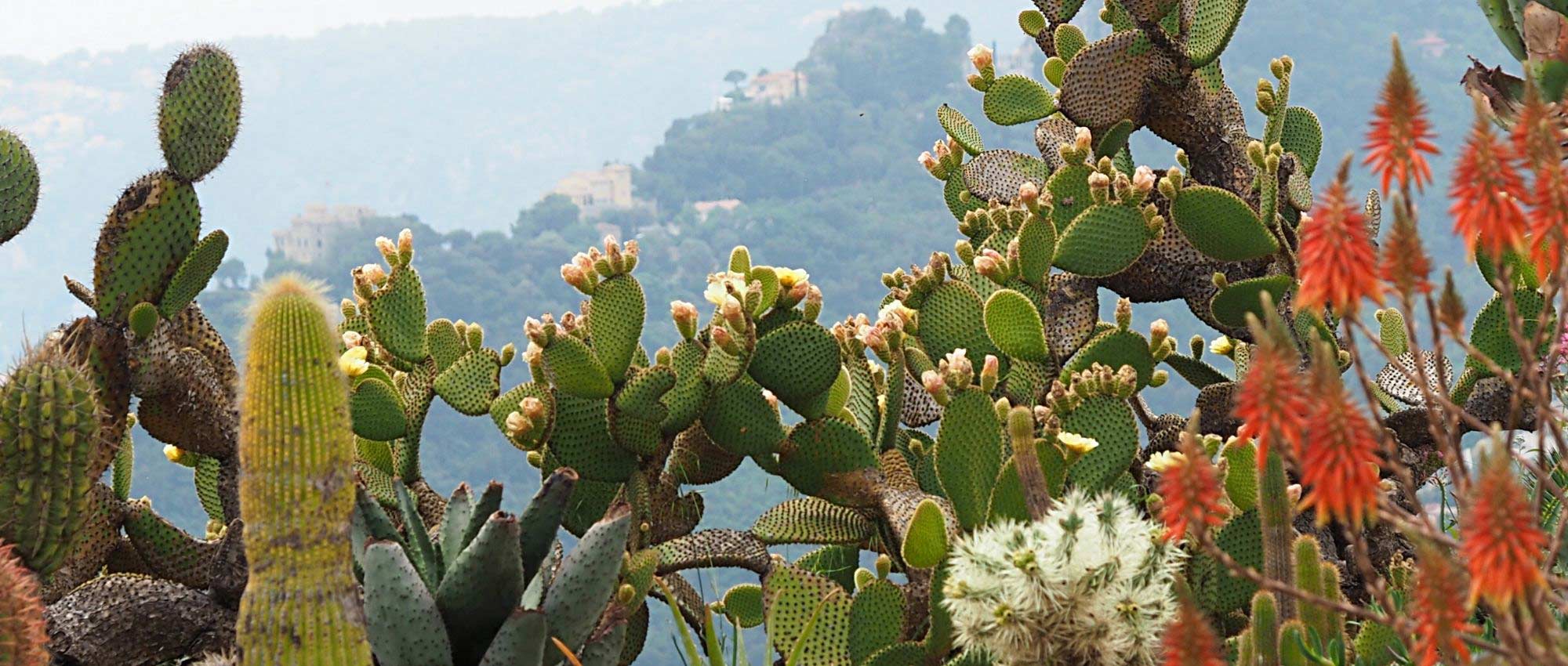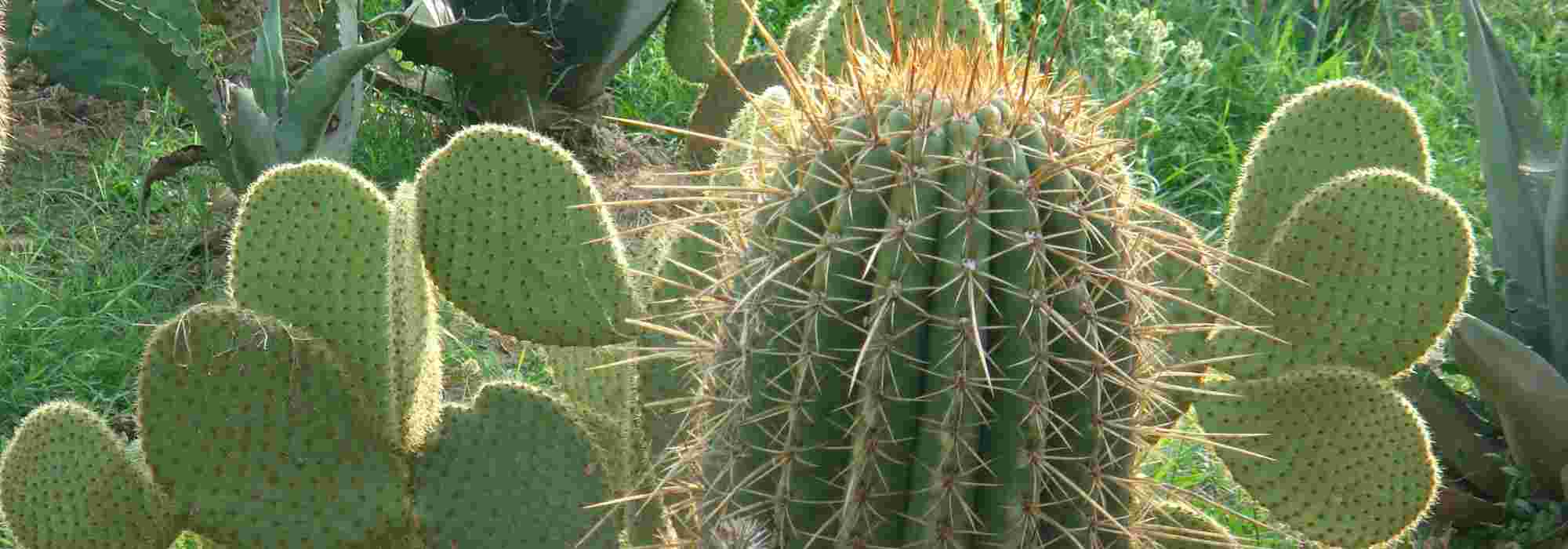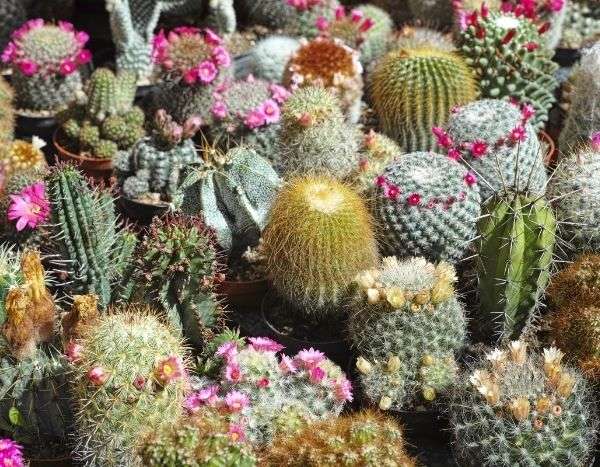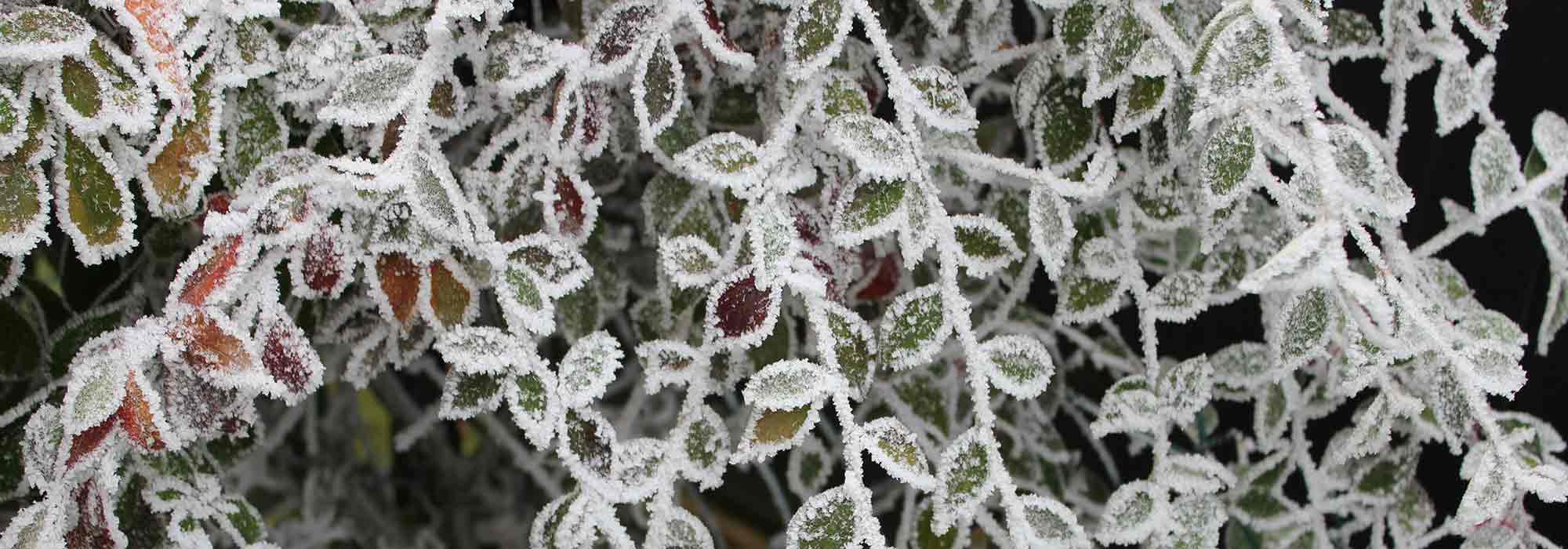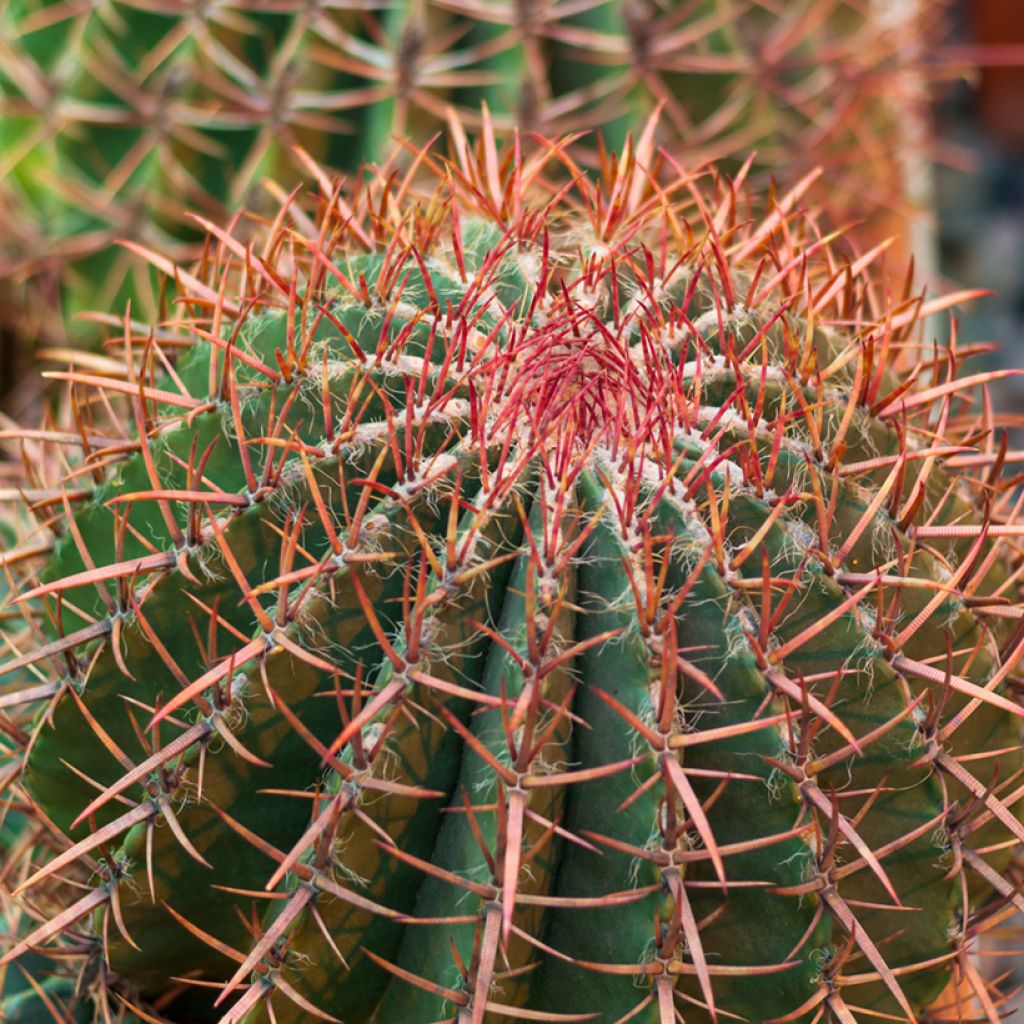

Ferocactus gracilis subsp. coloratus - Barrel cactus
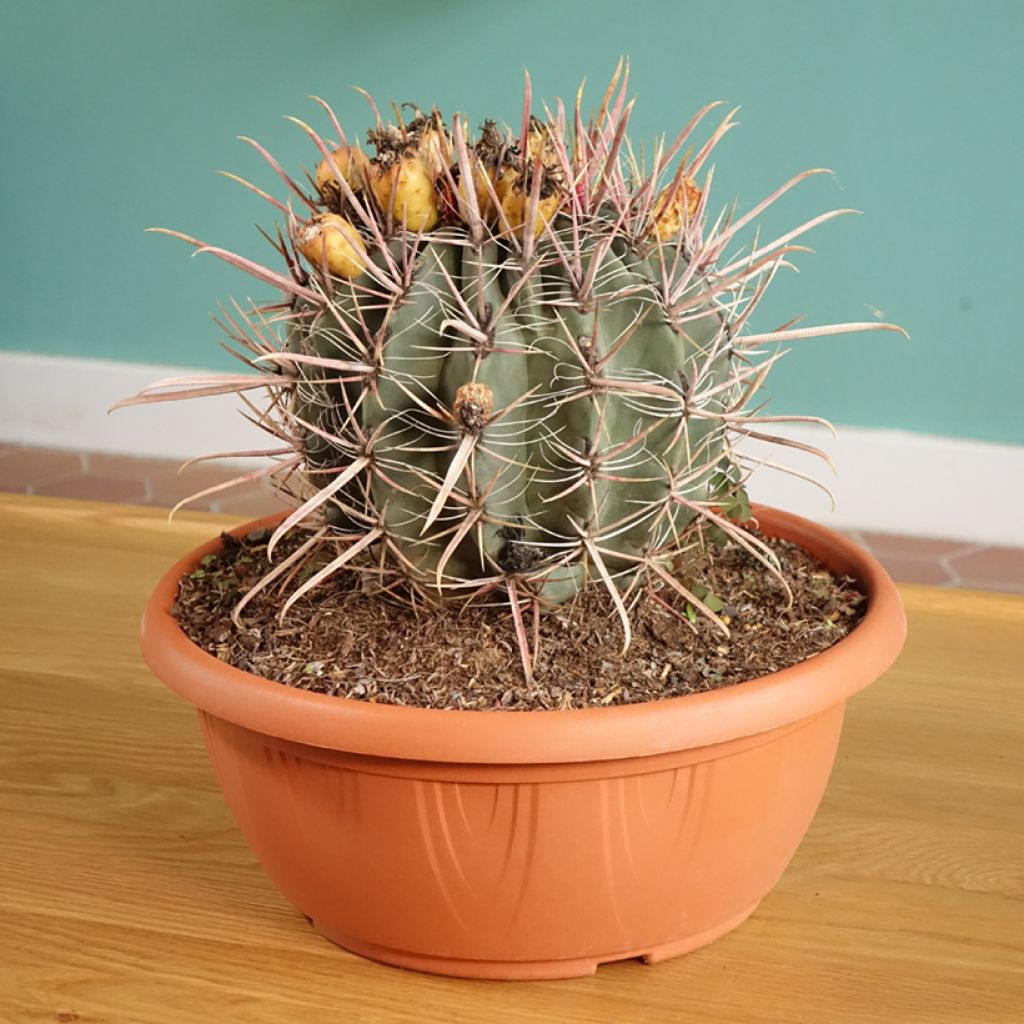

Ferocactus gracilis subsp. coloratus - Barrel cactus
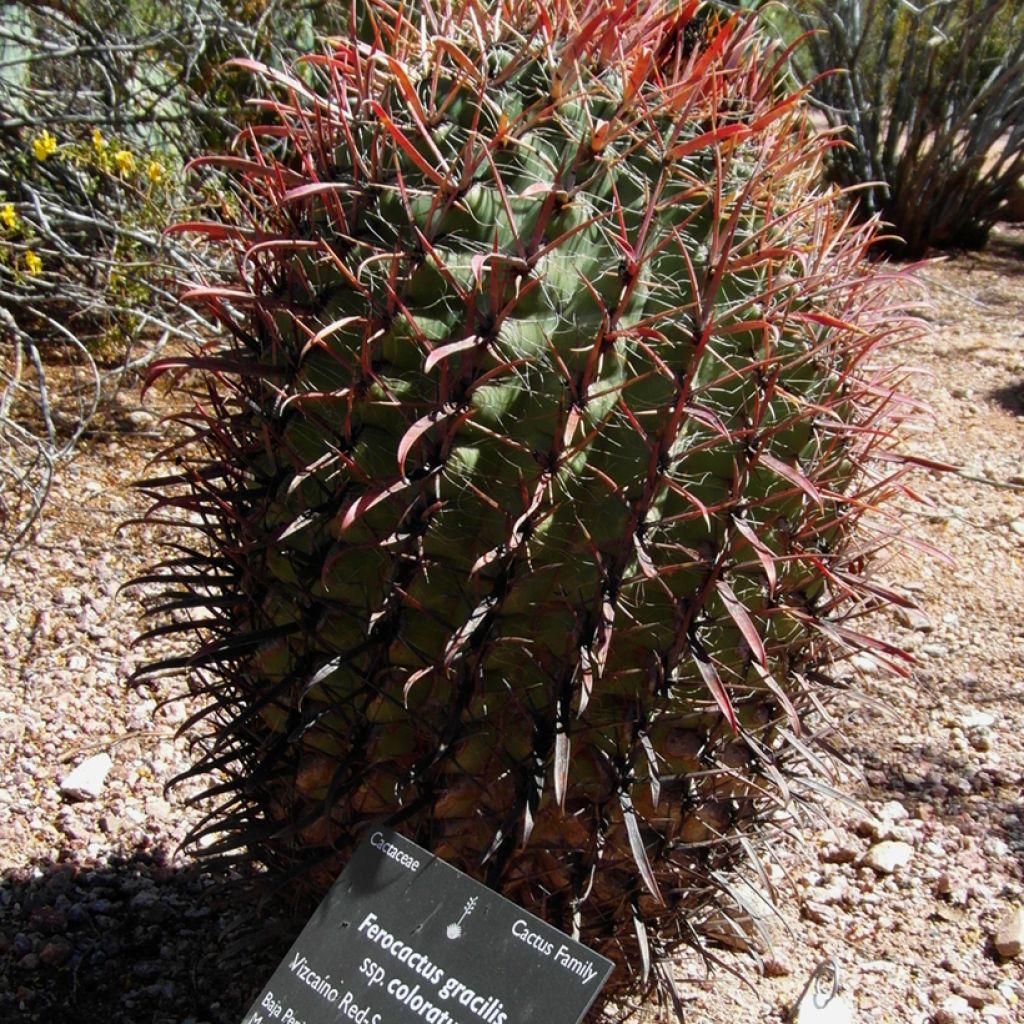

Ferocactus gracilis subsp. coloratus - Barrel cactus
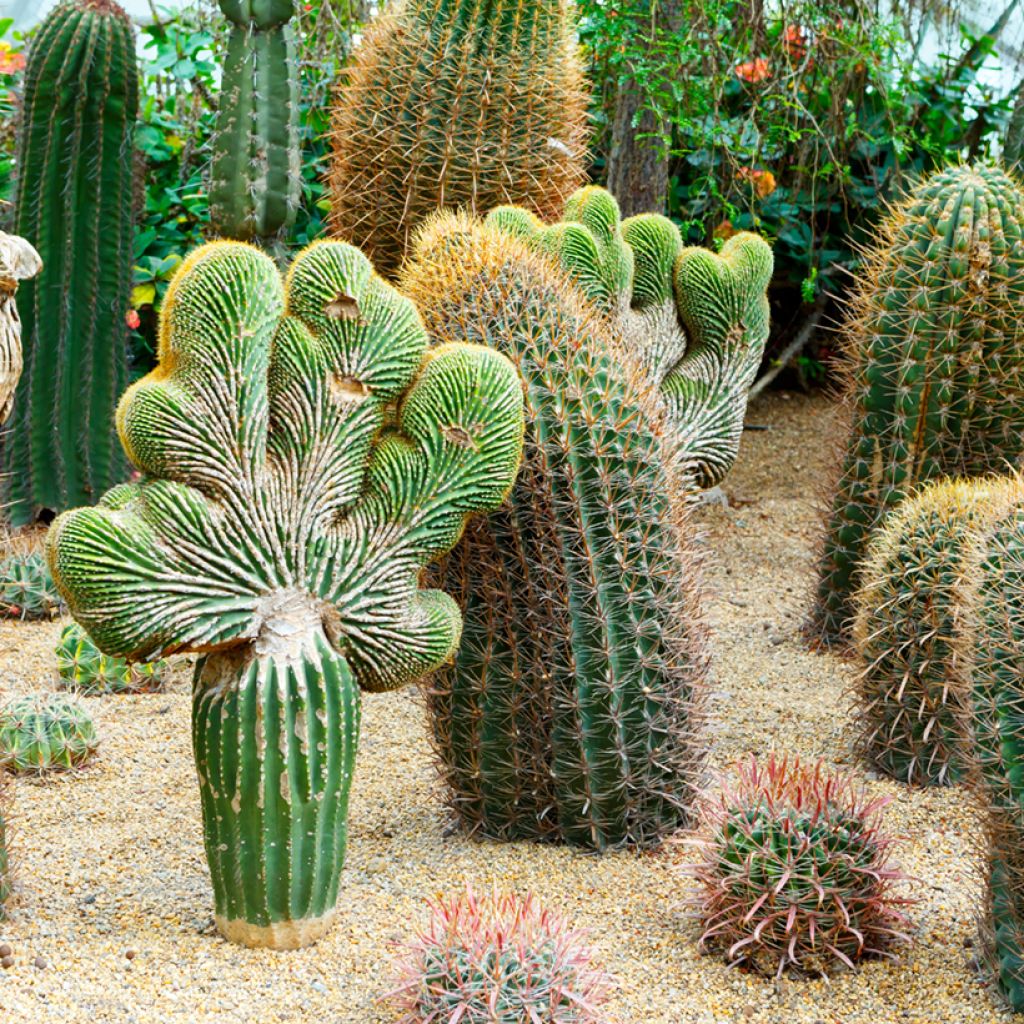

Ferocactus gracilis subsp. coloratus - Barrel cactus
Ferocactus gracilis subsp. coloratus - Barrel cactus
Ferocactus gracilis subsp. coloratus
Barrel cactus
Special offer!
Receive a €20 voucher for any order over €90 (excluding delivery costs, credit notes, and plastic-free options)!
1- Add your favorite plants to your cart.
2- Once you have reached €90, confirm your order (you can even choose the delivery date!).
3- As soon as your order is shipped, you will receive an email containing your voucher code, valid for 3 months (90 days).
Your voucher is unique and can only be used once, for any order with a minimum value of €20, excluding delivery costs.
Can be combined with other current offers, non-divisible and non-refundable.
Home or relay delivery (depending on size and destination)
Schedule delivery date,
and select date in basket
This plant carries a 12 months recovery warranty
More information
We guarantee the quality of our plants for a full growing cycle, and will replace at our expense any plant that fails to recover under normal climatic and planting conditions.
Would this plant suit my garden?
Set up your Plantfit profile →
Description
Ferocactus gracilis subsp. coloratus is a robust and ornamental cactus, prized for its long, bright red thorns and its broadly cylindrical, "barrel-shaped" habit. Native to the arid regions of Mexico, it adds an exotic touch to dry rockeries and cactus collections. It can be grown outdoors on the Mediterranean coast with full sun and perfectly drained soil. With limited hardiness, down to -2°C, this cactus will need protection from the cold. Easy to cultivate, simply plant it in a pot placed in full sun and brought indoors during winter.
Ferocactus gracilis subsp. coloratus belongs to the Cactaceae family. This subspecies is endemic to Baja California, in northwestern Mexico, particularly between Punta Prieta and Miller's Landing. It thrives on rocky hills and gravelly plains, often alongside species such as Idria columnaris and Mammillaria blossfeldiana. First described in 1933 by Howard E. Gates as Ferocactus coloratus, this subspecies was reclassified in 1998 by N.P. Taylor as Ferocactus gracilis subsp. coloratus. It differs from the species by its more modest size, more intense red colouring, and more pronounced spination, with broader, flattened central thorns.
Ferocactus gracilis subsp. coloratus has a solitary columnar habit, typically reaching a height of 1.2 m, though it can exceptionally grow up to 2.4 m. Its widened stem features 13 to 20 well-defined ribs, adorned with areoles spaced 1.7 to 2 cm apart. Each areole bears 9 central thorns, ranging from pink to dark red, measuring up to 5 cm long, thick, rigid, and sometimes slightly hooked at the tip. The 10 to 14 radial thorns are finer, flexible, and whitish. The growth of this subspecies is slow. When grown in pots, it remains more compact. Flowering is rare indoors, as the plant requires maximum sunlight to bloom. If conditions are met, flowering occurs in spring or early summer when the plant reaches maturity, often after several years of growth. The funnel-shaped flowers measure approximately 4 cm long and 3.5 cm in diameter. They feature oblong, pointed yellow petals with a vivid red central stripe. The stamens are also bright red, surrounding a central red stigma with multiple yellow lobes. When pollination occurs outdoors in favourable climates, the plant produces oblong, cylindrical, yellow fruits about 2.5 cm long. These fruits have thick, leathery skin and do not open spontaneously to release the seeds. The seeds are black, shiny, rounded, and slightly angular, measuring roughly 1.7 mm long and 1.1 mm wide.
Like many columnar cacti, Ferocactus gracilis subsp. coloratus develops an extensive but shallow root system, adapted to quickly absorb water during rare rainfall in its natural habitat. This configuration allows it to efficiently capture moisture while ensuring stable anchorage on rocky terrain and steep slopes where it grows naturally.
Plant Ferocactus coloratus in a rockery or on a well-drained slope if your garden is located along the Mediterranean coast, where frosts do not exceed -2°C. It is a sculptural plant that fits perfectly into a potted cactus collection, on a sunny terrace, a south-facing balcony, or even in a bright conservatory. Its slow growth and solitary habit make it ideal for container cultivation, where it can easily be moved to protect it from winter cold. To showcase it, pair it with other arid-climate species, such as Echinocactus grusonii, the rounded Golden Barrel Cactus covered in golden spines. Agave parryi var. neomexicana, with its thick blue-grey leaves and compact habit, perfectly complements an architectural, modern composition. These plants create a desert-like atmosphere, ideal for a terrace inspired by Mexican landscapes.
Ferocactus gracilis subsp. coloratus - Barrel cactus in pictures
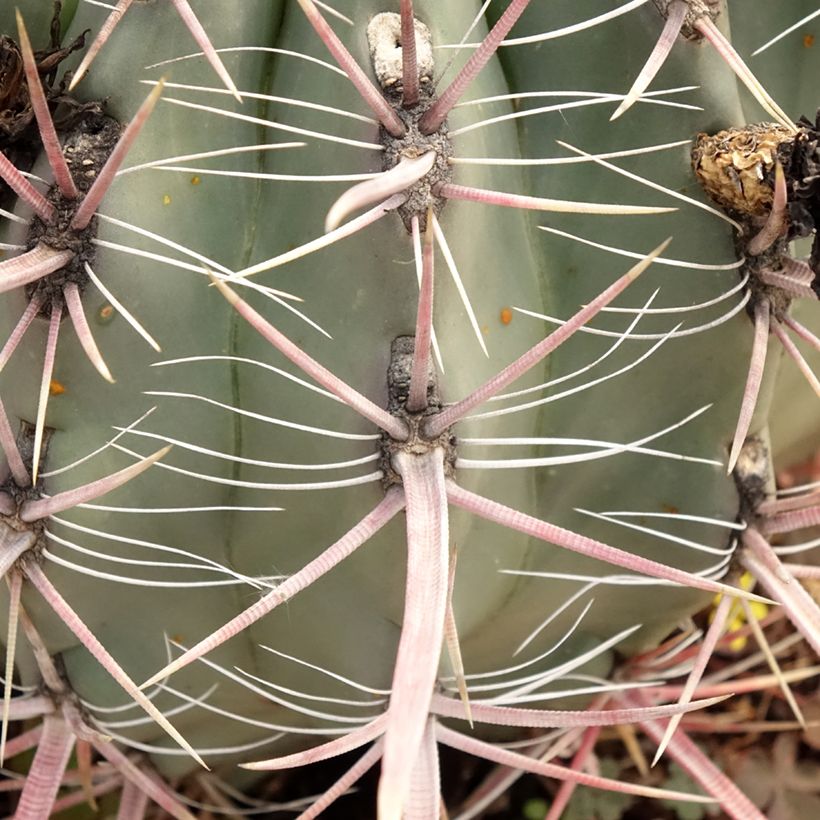



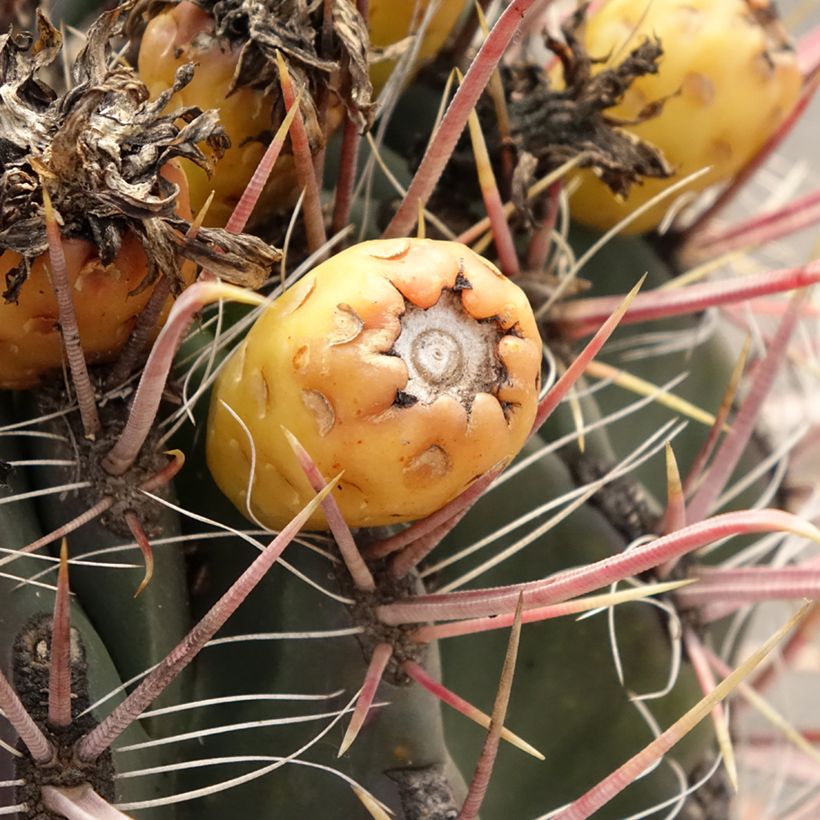

Flowering
Foliage
Plant habit
Botanical data
Ferocactus
gracilis subsp. coloratus
Cactaceae
Barrel cactus
Ferocactus gracilis var. coloratus, Ferocactus coloratus
North America
Planting and care
To cultivate Ferocactus gracilis subsp. coloratus, whether in a pot or in the ground, it is essential to replicate its natural arid habitat conditions as closely as possible.
In a pot, use a well-draining substrate composed of compost, coarse sand, and perlite. Place the pot in a location with full sun. Water moderately during the growth season, allowing the substrate to dry out between waterings, and reduce watering in autumn until stopping completely in winter.
In the ground, this species is only suitable for regions with rare and mild frosts, in very dry and perfectly well-drained soil. Plant your Ferocactus in a very sunny spot, sheltered from excess moisture. Protection against winter rainfall may be necessary to prevent root rot. Placing a layer of gravel or volcanic stones around the base of the cactus can also help limit moisture retention. In case of heavy winter rains, a transparent sloped cover, an open cold frame, or a lightweight plexiglass structure can be used to protect the plant while ensuring good ventilation. In a pot, simply place it under an overhang, in a cold greenhouse, or move it to a bright and dry location until milder temperatures return.
Planting period
Intended location
Care
Planting & care advice
This item has not been reviewed yet - be the first to leave a review about it.
Haven't found what you were looking for?
Hardiness is the lowest winter temperature a plant can endure without suffering serious damage or even dying. However, hardiness is affected by location (a sheltered area, such as a patio), protection (winter cover) and soil type (hardiness is improved by well-drained soil).

Photo Sharing Terms & Conditions
In order to encourage gardeners to interact and share their experiences, Promesse de fleurs offers various media enabling content to be uploaded onto its Site - in particular via the ‘Photo sharing’ module.
The User agrees to refrain from:
- Posting any content that is illegal, prejudicial, insulting, racist, inciteful to hatred, revisionist, contrary to public decency, that infringes on privacy or on the privacy rights of third parties, in particular the publicity rights of persons and goods, intellectual property rights, or the right to privacy.
- Submitting content on behalf of a third party;
- Impersonate the identity of a third party and/or publish any personal information about a third party;
In general, the User undertakes to refrain from any unethical behaviour.
All Content (in particular text, comments, files, images, photos, videos, creative works, etc.), which may be subject to property or intellectual property rights, image or other private rights, shall remain the property of the User, subject to the limited rights granted by the terms of the licence granted by Promesse de fleurs as stated below. Users are at liberty to publish or not to publish such Content on the Site, notably via the ‘Photo Sharing’ facility, and accept that this Content shall be made public and freely accessible, notably on the Internet.
Users further acknowledge, undertake to have ,and guarantee that they hold all necessary rights and permissions to publish such material on the Site, in particular with regard to the legislation in force pertaining to any privacy, property, intellectual property, image, or contractual rights, or rights of any other nature. By publishing such Content on the Site, Users acknowledge accepting full liability as publishers of the Content within the meaning of the law, and grant Promesse de fleurs, free of charge, an inclusive, worldwide licence for the said Content for the entire duration of its publication, including all reproduction, representation, up/downloading, displaying, performing, transmission, and storage rights.
Users also grant permission for their name to be linked to the Content and accept that this link may not always be made available.
By engaging in posting material, Users consent to their Content becoming automatically accessible on the Internet, in particular on other sites and/or blogs and/or web pages of the Promesse de fleurs site, including in particular social pages and the Promesse de fleurs catalogue.
Users may secure the removal of entrusted content free of charge by issuing a simple request via our contact form.
The flowering period indicated on our website applies to countries and regions located in USDA zone 8 (France, the United Kingdom, Ireland, the Netherlands, etc.)
It will vary according to where you live:
- In zones 9 to 10 (Italy, Spain, Greece, etc.), flowering will occur about 2 to 4 weeks earlier.
- In zones 6 to 7 (Germany, Poland, Slovenia, and lower mountainous regions), flowering will be delayed by 2 to 3 weeks.
- In zone 5 (Central Europe, Scandinavia), blooming will be delayed by 3 to 5 weeks.
In temperate climates, pruning of spring-flowering shrubs (forsythia, spireas, etc.) should be done just after flowering.
Pruning of summer-flowering shrubs (Indian Lilac, Perovskia, etc.) can be done in winter or spring.
In cold regions as well as with frost-sensitive plants, avoid pruning too early when severe frosts may still occur.
The planting period indicated on our website applies to countries and regions located in USDA zone 8 (France, United Kingdom, Ireland, Netherlands).
It will vary according to where you live:
- In Mediterranean zones (Marseille, Madrid, Milan, etc.), autumn and winter are the best planting periods.
- In continental zones (Strasbourg, Munich, Vienna, etc.), delay planting by 2 to 3 weeks in spring and bring it forward by 2 to 4 weeks in autumn.
- In mountainous regions (the Alps, Pyrenees, Carpathians, etc.), it is best to plant in late spring (May-June) or late summer (August-September).
The harvesting period indicated on our website applies to countries and regions in USDA zone 8 (France, England, Ireland, the Netherlands).
In colder areas (Scandinavia, Poland, Austria...) fruit and vegetable harvests are likely to be delayed by 3-4 weeks.
In warmer areas (Italy, Spain, Greece, etc.), harvesting will probably take place earlier, depending on weather conditions.
The sowing periods indicated on our website apply to countries and regions within USDA Zone 8 (France, UK, Ireland, Netherlands).
In colder areas (Scandinavia, Poland, Austria...), delay any outdoor sowing by 3-4 weeks, or sow under glass.
In warmer climes (Italy, Spain, Greece, etc.), bring outdoor sowing forward by a few weeks.


































